HSP HISTORY Blog |
Interesting Frederick, Maryland tidbits and musings .
|
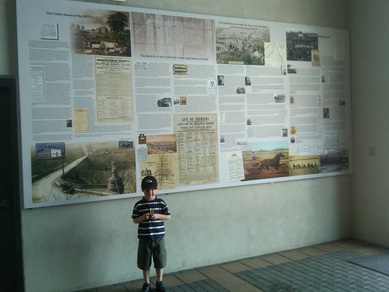 My son Eddie, back in 2012, posing in front of the 1800's Fair History Mural, Null Building, Frederick Fairgrounds. My son Eddie, back in 2012, posing in front of the 1800's Fair History Mural, Null Building, Frederick Fairgrounds. This week marks the 154th edition of the Great Frederick Fair, the largest and greatest county fair in the State of Maryland. The Frederick Fair has quite a storied history, but one I found lacking when it came to its first century of existence. Back in 2012, I took on the task of exploring this "historical black hole" in connection with the 150th anniversary commemoration (of the fair). Most Frederick histories simply repeat the same information written in John Thomas Scharf's 1883 History of Western Maryland of the first exhibition and cattle show taking place on May 23rd and 24th, 1822, at George Creager's Tavern near the Monocacy Bridge, two miles east of Frederick. I immediately went to the newspaper microfilm readers in the Maryland Room of C. Burr Artz Library, and started searching the Frederick Town Herald editions of spring 1822. I found that the tavern was actually called the Monocacy Bridge Hotel and was owned by Levi Hughes. Mr. Creager apparently rented from Hughes and eventually ran into financial hardships resulting in being sued for funds owed his landlord. I was able to piece together the agricultural event's colorful history of the 1800's, and was honored to have the Fair Board exhibit my research findings(complete with appropriate visuals) in the form of a large interpretive mural display in the east entrance to the Null Building at the fairgrounds. It's a tapestry of sorts, actually printed on fabric and pulled taut by a metal frame. In the Beginning In 1818, Maryland created its own state Agricultural Society and hoped to keep pace with the growing trends and “innovations” in farming coming out of Europe and at home in places such as Virginia and the Carolinas. The New England states were holding successful livestock exhibitions in places like Albany, New York and Brighton, Massachusetts. Beginning in 1819, Marylanders were given the opportunity to read about these early agricultural fairs, new farming utensils, improvements in breeding stock and agricultural science advancements with the creation of The American Farmer magazine, a weekly publication of John S. Skinner of Baltimore. Interestingly, Skinner is also well known for his role as a prisoner of war exchange officer during the War of 1812. He partnered with Frederick native Francis Scott Key in the successful negotiation and release of Dr. William Beanes in Baltimore Harbor during the bombardment of Fort McHenry, September 1814. The Maryland Agricultural Society had formed in 1818 and presented its very first Cattle Show and Fair in June 1821 at the Maryland Tavern, four miles west of Baltimore on the Frederick Turnpike. It was a smashing success. Frederick County’s tradition of high quality thoroughbred rearing was exemplified by a sweep of the top equine categories by Frederick residents. Thomas Sheppard’s “Columbia” was considered best horse in show for coach purposes; Nimrod Owings’ stallion “Arrow” won the premium for saddle and farming horse; and Joshua Gist had the best brood mare. The county’s fine showing at the state level helped prompt local action in the formation of the Frederick County Agricultural Society in November 1821. A group of highly distinguished planters and farm owners put together the organization’s bylaws and elected William Elie Williams as their president. Williams was the builder and operator of the large stone grist mill on his plantation farmstead at "Ceresville," so named for the Roman goddess of agriculture and grain, Ceres. However, the new society’s leader was better known for being the son of celebrated Revolutionary War Brigadier Gen. Otho Holland Williams (namesake of Williamsport, MD). The vice presidents of the Society included: Col. Henry Kemp, Col. John McPherson, Col. John Thomas, Mr. James Johnson, Col. G.M. Eichelberger, Mr. W.P. Farquhar, Mr. Jesse Slingluff, Mr. Joshua Delaplane and Mr. William Morsell. The Treasurer was Thomas Shaw and Secretary was Henry Willis.
In the fall of 1823, a second event would be held here at the Hughes-owned tavern location by the Monocacy. The show, however, was not officially sanctioned by all in the local Agricultural Club as it was more of a horse racing festival put on in conjunction with the Frederick County Jockey Club. A multitude of factors contributed to this “no show” as the state Agricultural Society held its Maryland Cattle Show and Fair in Easton, on the Eastern Shore, in November. This was coupled with death of William E. Williams, at the age of 35, that same November after an illness of several months. 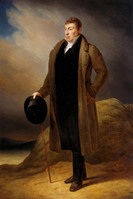 the Marquis de Lafayette the Marquis de Lafayette A second official Cattle Show and Fair was considered for late October 1824 but plans were most likely cancelled when the Maryland Cattle Show was postponed to late November in order to accommodate a visit from the “Nation’s Guest,” the Marquis de Lafayette. Lafayette made a year-long tour of America, receiving a hero's welcome at every place he visited as one of the last of the great leaders of the American Revolution. Lafayette had been given membership to the Maryland Agricultural Society and would personally hand out premiums at the rescheduled state event. Meanwhile, a local commission was making arrangements to receive Lafayette here in Frederick County in late December. A Time for Pause After getting off to such a fast and confusing start, the Frederick County Agricultural Society is said to have “languished” and was in need of resuscitation in order “to vie with sister counties in the means necessary to accomplish the designs of such an institution,” stated the Frederick Town Herald. With the premature death of William E. Williams and the cancellation of the 1824 Cattle Show, the opportunity arose for the Frederick County Society to regroup and reorganize in December 1824. John Dill’s Tavern in Frederick became the site of important meetings to accomplish this task. Col. John McPherson was elected President and resolutions were made “to hold a Cattle Show and Fair in the following May or June (1825), at which time it was anticipated to award premiums for the best articles of domestic manufacture, such as cloth, cassimeres, cassinets, flannels, blankets, coverlets, counterpanes, carpeting, sheeting, paper, etc along with implements of agriculture.” A subcommittee was formed to examine the constitution, and amendments would come in the form of pulling a vice president from each of the existing 11 districts of the county along with a board of 12 managers. Another important amendment stated: “That premiums be offered, to encourage domestic fabrics and the cultivation of fruits and that a committee be appointed by the society to receive and examine specimens of fruit grown in the county and to make report of the specimens exhibited, to the next meeting of the committee.” The newly titled Cattle Show, Fair and Exhibition and Sale of Domestic Manufactures would be held on May 26 & 27th, 1825 at the Monocacy Bridge Hotel location, now operated by Mrs. Dorcas Cookerly, the late Mr. Levi Hughes’ daughter. The event was heralded in the local newspaper: “the exhibition having greatly exceeded their anticipations, and excited a more general and lively interest in the prosperity of the Agricultural Society. “ One piece of blue broad cloth, 12 and 3/4yards, manufactured by Alexander H. Brown earned a premium of $5.00 by the Committee on Domestic Manufactures. A hearth rug presented by Miss Mary Ann Morgan won a premium of $3.00 from the Committee on Discretionary Premiums. A highlight of the show included a series of plowing matches between local farmers. 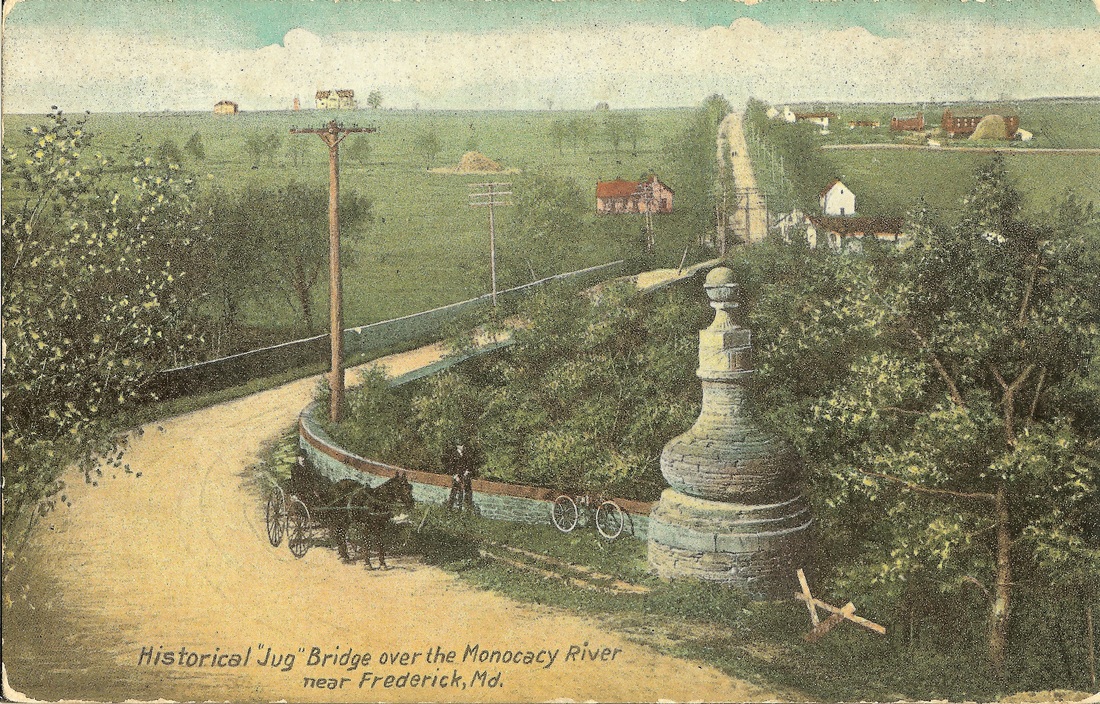 (c) 1900 view of the original "Jug Bridge" looking west toward Frederick from the east side of the Monocacy River. Note the building fronting the right side of road (on upper right of picture) as site of the Monocacy Bridge Hotel. This structure and the vicinity below (extending to the river) was the likely site of Frederick's earliest agricultural exhibitions. The lower white buildings constitute another residence and the Toll House. 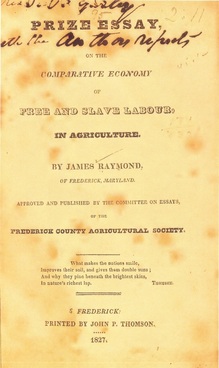 The Cattle Show, Fair and Exhibition would be held a final time at the Monocacy Jug Bridge vicinity in 1826, as a resolution by the Society dictated the 1827 event to be held in New Windsor on the land of Major James Atlee. Either by design or not, the 4th annual Cattle Show, Fair, and Exhibition would be held near Liberty Town on May 30 and 31st, 1827. Of notable interest were two particular premiums handed out at this event. One of these went to Frederick’s James Raymond, Esq. for the best Essay, written on the subject of “the comparative economy of free and slave labour.” Mr. Raymond received, as his prize, a set of table spoons inscribed “Free Labour.” 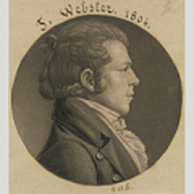 Vintage engraving thought to be an image of bachelor/lawyer Nimrod Owings by French artist Julien de Saint-Memin. Vintage engraving thought to be an image of bachelor/lawyer Nimrod Owings by French artist Julien de Saint-Memin. The other competition of note was a first place premium for the best stallion calculated to improve the breed of quick draught horses which went to Nimrod Owings, for his beautiful young bay horse “Enterprise,” sired by his horse “Arrow,” premium winner at the First Maryland Cattle Show. Owings originally hailed from his family's estate of Fountain Rock, located west of today's Walkersville off Biggs Ford Road. He was infamously known for his love of hunting, gambling, and practical jokes. He owned 52 hounds, one for each card in a deck and is credited for providing much of the "wild game" foodstuffs for the grand banquet and ball held in Frederick for Lafayette on December 30th, 1824. His eventual residence and plantation estate (a few years later) would be Waverly, today's site of Waverly Gardens Apartments and the Manor Apartments on Willowdale Drive. Owings former manor house is the clubhouse/office headquarters of the latter. He is buried beneath Frederick's Memorial Park in what was the Old German Reformed After a run of four (or five) events in a six-year span, the Frederick County Cattle Show, Fair and Exhibition was discontinued and would not return for another 25 years. Click below for Part 2 of this story:
8 Comments
Don Mackenzie
9/19/2016 02:08:18 pm
Reply
Shane Shanholtz
9/19/2016 08:12:08 pm
Great job Chris
Reply
Pat Barron
9/29/2016 01:08:40 pm
Another excellent history lesson, Chris. Thank you.
Reply
Shawn Brock
9/13/2017 02:39:30 pm
Well done Chris. Keep on Sharkin.
Reply
Chris Haugh
9/15/2017 05:57:26 pm
Thanks Shawn, hope all is well with you guys!
Reply
Jocelyn Wetzel
9/15/2017 03:46:54 pm
Excellent information that I wasn't aware of. Thank you Chris Haugh and Ron Pearcey for this article.
Reply
Bonnie J Cookerly
9/25/2017 11:33:55 am
Thank you. I had read many news articles during this time and had discovered almost weekly there were livestock auctions and horse racing held at the Cookerly Tavern as well as political meetings. I had read an article about the fair that was held at the Tavern also. Your article gives a much more in depth description of the events. Thank you sending this.
Reply
Leave a Reply. |
AuthorChris Haugh Archives
February 2024
Categories |

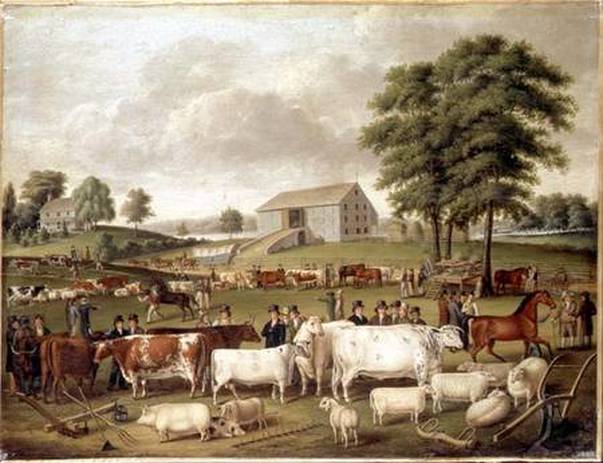
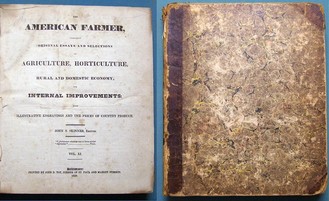
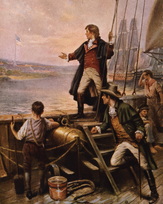
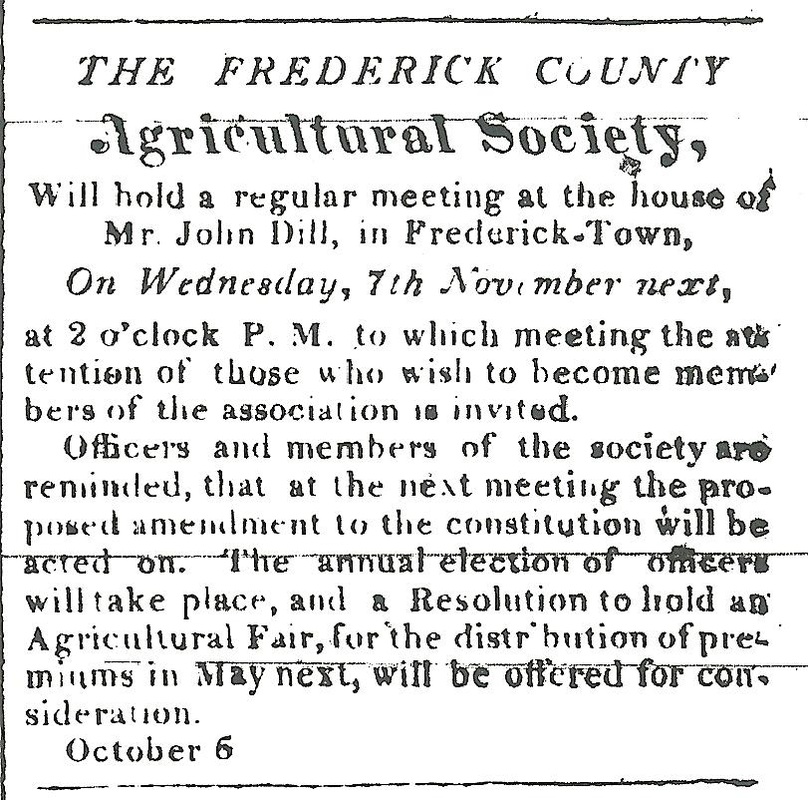
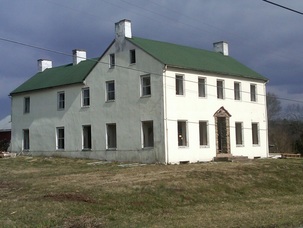

 RSS Feed
RSS Feed